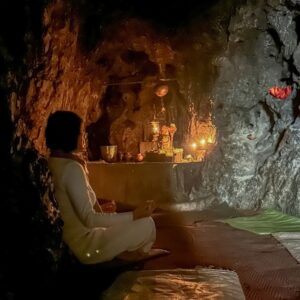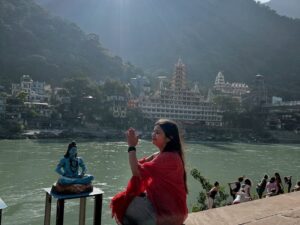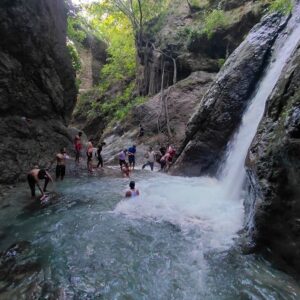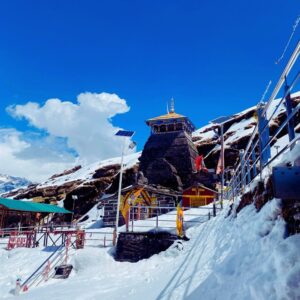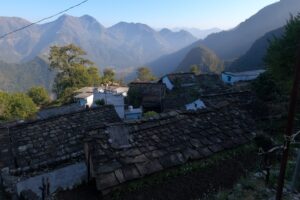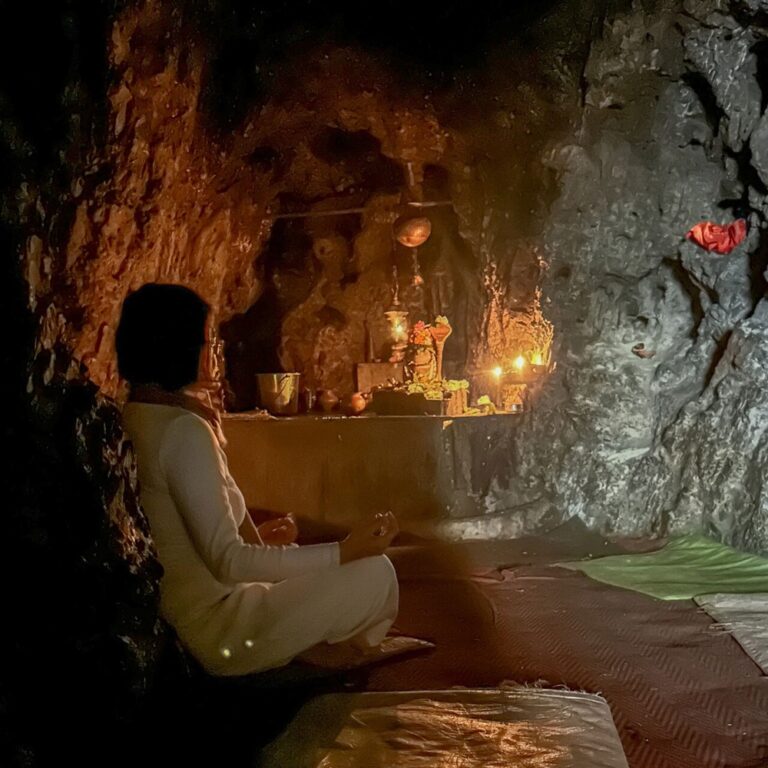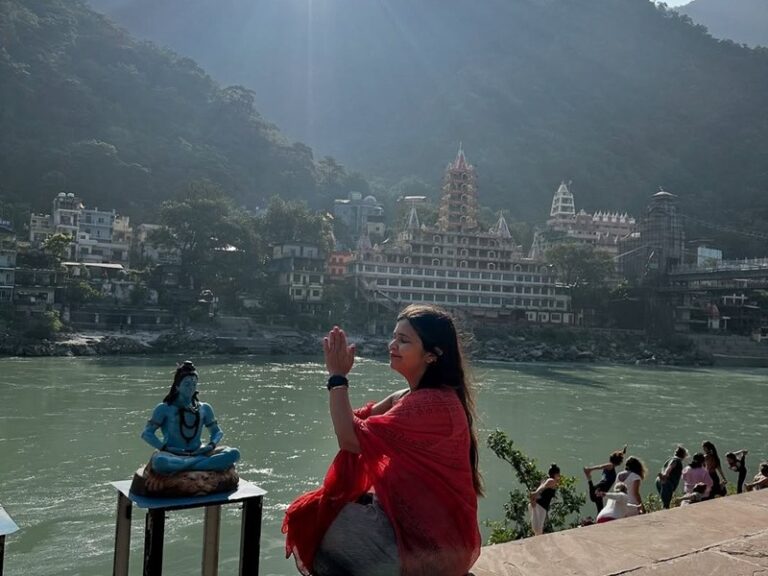Discover the Best Places to Visit in Jodhpur Rajasthan India” the Blue City of India”
Jodhpur Rajasthan India, the second-largest city in Rajasthan, is a stunning blend of rich history, vibrant culture, and striking architecture. Known as the “Blue City of India” for its sea of blue-painted houses, Jodhpur Rajasthan India is a treasure trove of attractions, with the majestic Mehrangarh Fort standing as its crown jewel.
This towering fortress offers breathtaking views of the city and an immersive experience into the royal past of Rajasthan.
The city’s medieval charm is enhanced by its labyrinthine lanes, bustling markets, and iconic Rajasthani handicrafts. Don’t miss the chance to explore Jodhpur’s vibrant bazaars, where you can find Pichwai paintings, Jodhpuri pants (breeches), and traditional bandhani sarees (tie and dye). For a unique souvenir, look for badla embroidered lehengas and the morchang, a traditional Rajasthani folk music instrument.
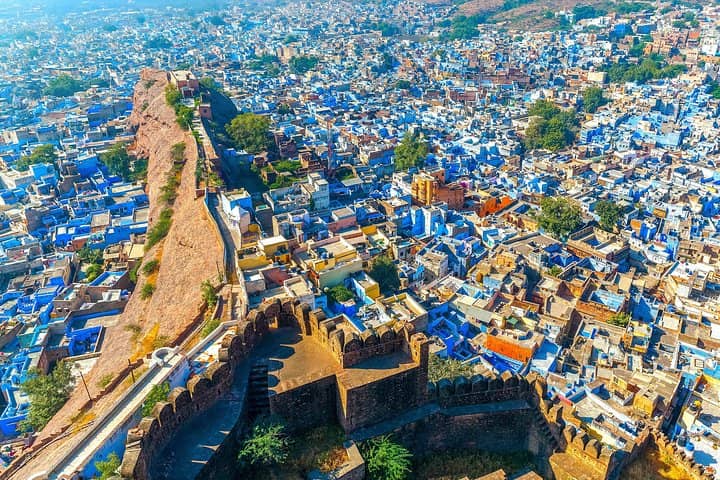
Places to visit Jodhpur Rajasthan India
Umaid Bhawan Palace, a symbol of luxury and royal heritage, is a must-visit, blending Indo-colonial architecture with lush gardens. Equally stunning is the Jaswant Thada, a white marble cenotaph offering peaceful surroundings and incredible views.
Another serene spot is the historic Mandore Gardens, featuring beautiful temples, memorials, and the remnants of Jodhpur’s ancient rulers.
No trip to Jodhpur Rajasthan India is complete without indulging in its mouthwatering culinary delights. Sample local favorites like pyaz-ki-kachori, the spicy mirchi bada, and the sweet, rich makhaniya lassi at traditional eateries.
For a unique rural experience, head to Khichan Village, known for its bird sanctuary, which attracts thousands of migratory birds. The peaceful desert evenings here are perfect for unwinding, with the sight of birds soaring over the waters adding a magical touch.
Founded by Rao Jodha in 1459, Jodhpur’s charm lies in the fusion of its ancient past and its evolving cosmopolitan vibe. Whether you’re exploring the 10-km-long wall that separates the old city from the new or wandering through royal landmarks, Jodhpur remains one of Rajasthan’s most captivating tourist destinations.
Plan your visit to Jodhpur Rajasthan India, the “Blue City of India” to experience the perfect mix of history, culture, and traditional Rajasthani life.
Suggested Read: Blue City of India: Why is Jodhpur called Blue City in India?

Mehrangarh Fort: The Majestic Landmark of Jodhpur Rajasthan India
Mehrangarh Fort, a towering symbol of Rajasthan’s royal heritage, stands as one of Jodhpur’s most iconic landmarks. This massive fort, one of the largest in India, offers stunning panoramic views of Jodhpur, often dubbed the “Blue City.” From its lofty heights, the city unfolds below like a vast blue ocean, with its distinctive indigo-painted houses dotting the landscape.
An architectural marvel, Mehrangarh Fort is renowned for its intricate latticed windows, carved panels, and opulent palaces. Among its highlights are:
- Moti Mahal: Famous for its stunning mirror work.
- Phool Mahal: A grand hall once used for royal entertainment.
- Sheesh Mahal: Known for its dazzling mirror decorations.
Each palace within the fort of Jodhpur Rajasthan India exemplifies exquisite craftsmanship and provides a window into the luxurious lifestyle of Jodhpur Rajasthan India’s former rulers.
Explore Pali: A Scenic Gem Near Jodhpur Rajasthan India
Located just 70 km from Jodhpur Rajasthan India, Pali is rich in heritage with beautiful Jain temples and historic monuments. Tourists can enjoy the serene Lakhotia Gardens, which overlook the tranquil Lakhotia Lake—a perfect spot for daytime relaxation and stunning sunsets.
A must-visit is the Parshuram Mahadev Temple, nestled in the Aravalli mountain ranges, offering scenic beauty and adventure. The Jawai Dam and its Crocodile Sanctuary are also highlights, home to crocodiles, migratory birds, and leopards, making it ideal for wildlife lovers.
Pali shares borders with eight other districts, offering easy day trips to places like Sirohi, Jalore, Udaipur, and Nagaur. Explore Pali for a blend of Rajasthani culture, nature, and history.
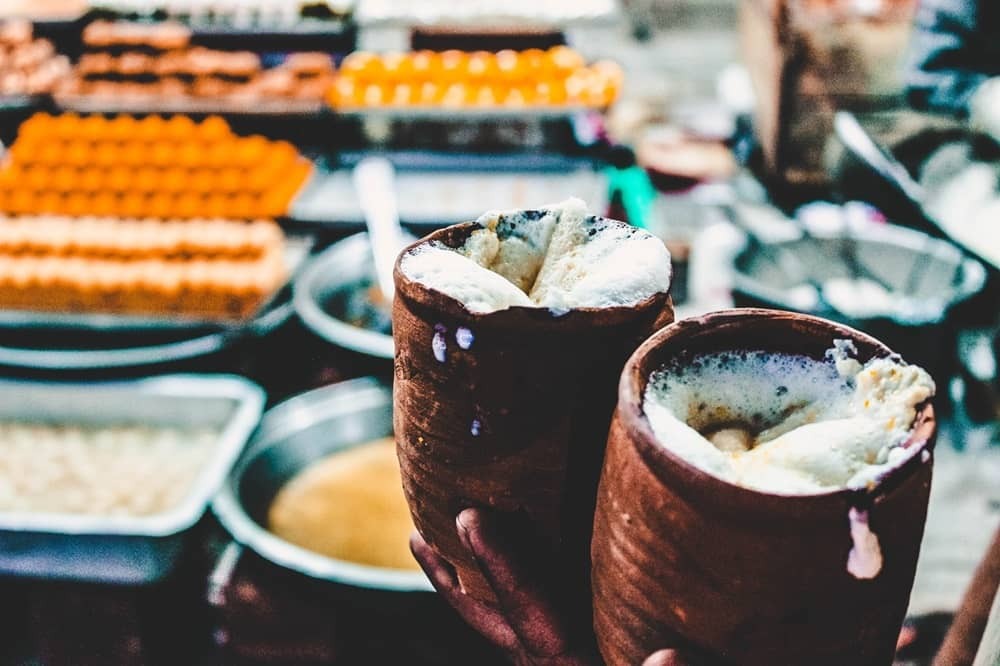
Explore Nimaj: A Royal Retreat Near Jodhpur Rajasthan India
Located 109 km from Jodhpur, Nimaj is known for its historic Nimaj Temple, dedicated to Goddess Durga, dating back to the 9th century. This ancient temple features a unique art gallery showcasing Rajasthan’s exquisite sculptural masterpieces.
The Nimaj Palace, now a heritage hotel, offers a royal experience with 40 elegant rooms and top-notch dining. Visitors can book jungle safaris, tribal safaris, and enjoy traditional folk performances at the palace. Originally a royal residence, the palace is owned by the Rathore Rajputs, founders of Jodhpur, and offers a glimpse into the opulent lifestyle of Rajasthan’s aristocracy.
Jaswant Thada: A Royal Cenotaph Jodhpur Rajasthan India
Jaswant Thada, a 19th-century royal cenotaph near Mehrangarh Fort, was built by Maharaja Sardar Singh in honor of his father, Maharaja Jaswant Singh II. Crafted from intricately carved white marble, its facade gleams under sunlight, showcasing its architectural beauty.
Today, Jaswant Thada functions as a museum and gallery, displaying paintings and portraits of Jodhpur’s rulers. The venue also hosts music festivals like the Rajasthan International Folk Festival and the World Sacred Spirit Festival, attracting tourists for concerts set amidst the stunning backdrop of this historic site.
Kamaicha: The Soul of Rajasthani Folk Musi
The Kamaicha, an ancient instrument, is the heart of Rajasthani folk music and plays a pivotal role in the vibrant sounds of the Manganiyar community, particularly in the Jaisalmer-Barmer region.
Traditionally, the Manganiyars performed for the royals of Jodhpur and continue to share their musical heritage with tourists today, captivating visitors with folk tales and the rich history of Rajasthan.
Carved from a single piece of matured mango wood, the Kamaicha features 12 to 17 strings, with the resonator being the key component that creates its distinctive melody. This instrument remains an integral part of Rajasthan’s cultural landscape, offering a melodious connection to the past.
Badla: The Sparkling Essence of Zardozi Needlework
Badla work is a key component of zardozi embroidery, where metal slabs are melted, pierced, and drawn into fine wires called badla. Along with kasav (thread), sitara (spangles), and mukaish (metal dots), badla creates stunning fabrics perfect for any occasion.
Originating in Rajasthan, this intricate needlework has spread across North India and is especially popular during the wedding season.
Historically, badla work can be traced back to the times of the Mahabharata and Ramayana, gaining popularity during the Mughal era. It became synonymous with opulence as elaborate designs adorned luxurious fabrics like velvet, favored by royalty.
Today, badla work is not just limited to traditional attire such as lehengas and sarees, but has also made its way into modern fashion, embellishing jeans, t-shirts, and home decor.
Sardar Samand Lake Palace: A Regal Retreat by the Lake
Situated on the serene banks of Sardar Samand Lake, the Sardar Samand Lake Palace was built in 1933 by Maharaja Umaid Singh as a hunting lodge. Now converted into a luxurious hotel, it remains a favorite destination for royals and discerning travelers.
The palace is a testament to Rajasthan’s rich history, adorned with an impressive collection of original watercolour paintings and African trophies.
Guests can enjoy the palace’s lavish amenities, including an Oriental Garden, boat-house, swimming pool, and tennis and squash courts. Stroll through the manicured lawns and witness stunning sunsets by the lake, a paradise for bird watchers, with sightings of migratory birds like the yellow-legged green pigeon, Himalayan griffon, and Dalmatian pelican.
At Sardar Samand Lake Palace, indulge in royal comfort, savor the flavors of Jodhpur, and connect with the local culture, all while enjoying modern luxury.
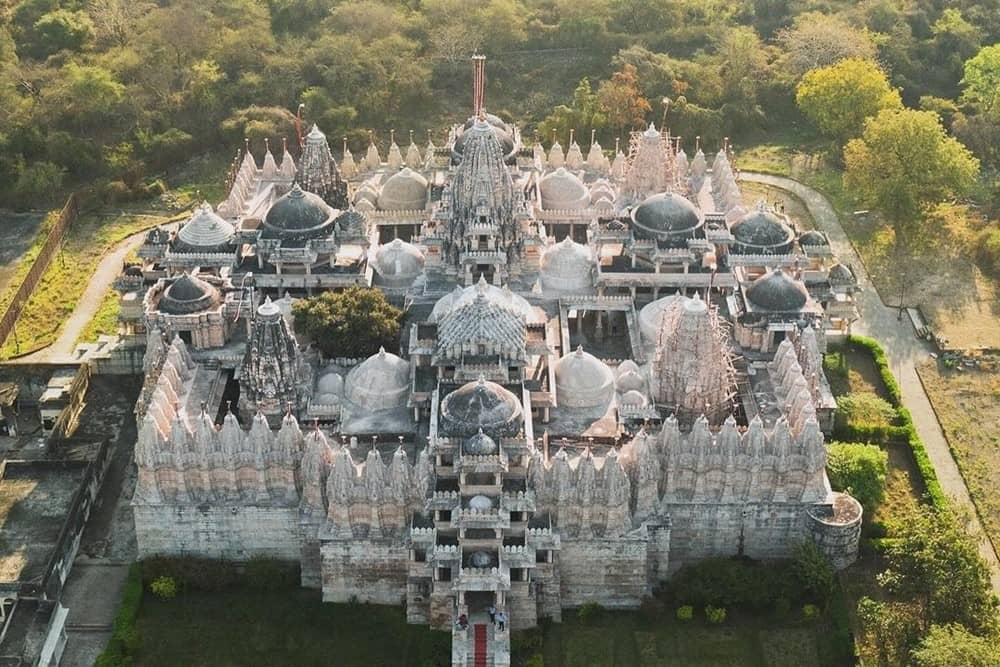
Ranakpur Temple: A Spiritual Marvel in the Aravalli Hills
Nestled in Ranakpur village, between Udaipur and Jodhpur, the Ranakpur Temple is one of India’s most stunning spiritual sites, ideal for a day trip. The temple is dedicated to Adinath, the first Jain tirthankar, making it a significant pilgrimage site for the Jain community.
Built entirely from white marble, the Chaumukha Mandir (Four-Faced Temple) features 29 halls, 80 domes, 400 columns, and 1,444 individually engraved pillars. Each pillar is unique, adorned with intricate carvings of elephants, flowers, and human figures.
The temple’s design is a true marvel, with its high domed ceilings and wide corridors, decorated with celestial figures playing musical instruments.
The temple’s interior has been thoughtfully designed to allow cool breezes to flow, providing a peaceful atmosphere year-round, though the best time to visit is from October to February, when the weather is most pleasant.
Besides the main temple, the complex is home to two other Jain temples dedicated to Neminath and Parshvanath, along with nearby attractions like the Sun Temple and Amba Mata Temple, offering visitors a complete spiritual experience amidst the scenic Aravalli Hills.

A Shopper’s Paradise; Jodhpur Rajasthan India
Explore the narrow lanes of Ghanta Ghar Market (Clock Tower Market), famous for its spices, handicrafts, hand-embroidered fabrics, and antiques. Visit Nai Sarak for Jodhpur’s iconic tie-and-dye fabrics, turbans, and sarees, while Sojati Gate Market is perfect for jewelry and handicrafts in Jodhpur Rajasthan India.
For traditional jutis, head to Mochi Bazaar, and if you’re in the market for antique furniture or copperware, Umaid Bhawan Palace Market is a must-visit. Kapraa Bazaar offers traditional leheriya attire for weddings, while Sarafa Bazaar shines with exquisite silver jewelry.
Finally, add elegance to your home with rich crockery from Tripolia Bazaar—perfect for making any event feel special.


